Bring on the electric ute
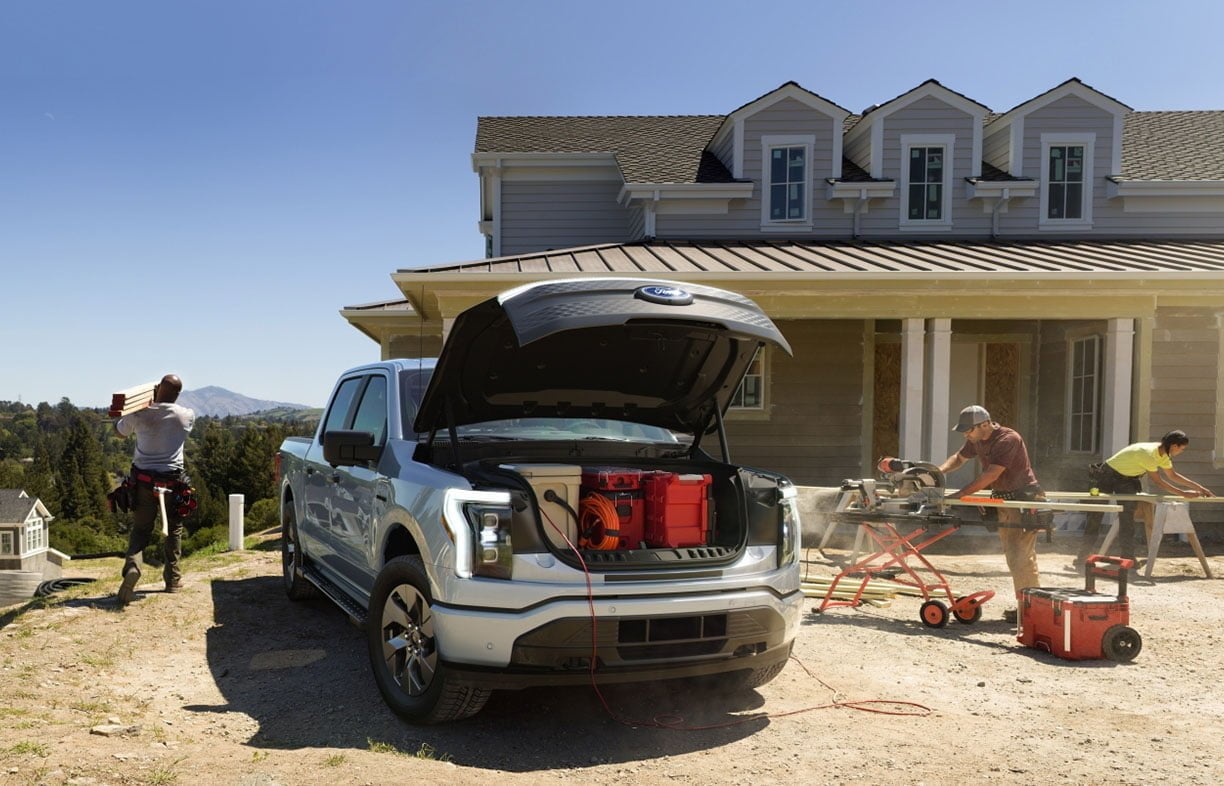
Bryce Gaton asks, will 2023 be the Australian ‘Year of the electric light commercial vehicle’?
Ever since the Australian senator Michaelia Cash in 2019 uttered the immortal words: “they [as in the then opposition Labor party] want to steal the tradie’s ute,” the Great Australian BBQ Debate has been all about whether electric vehicles (EVs) will ever meet the needs of a business.
So where are we at now? What electric vehicle options for the tradie are available now or soon to come? And what are the economics of owning an electric versus a petrol/diesel light commercial vehicle (LCV)?
By the way, for this article I am sticking to the LCV segment—meaning those goods carrying vehicles up to 4.5 tonne gross that can be driven using a normal car licence. (For EV options above that limit, see my article on electric trucks in Renew 160).
Electric light commercial vans
These have been available overseas from Renault, Mercedes, Peugeot and several others for some years now. Until recently, due to the economics of business purchases and the previously high cost of batteries, these e-LCVs had small batteries and limited driving ranges (often 100-200km maximum) in order to make them economically viable for businesses to buy. As such, they met the typical needs of local delivery businesses and tradies in Europe’s densely populated cities or small towns, but they weren’t suitable for most Australian applications.
Mind you, Renault have been offering their Kangoo ZE small van here since 2017—but it was the sole e-LCV on offer here for some time. In 2021 that number doubled (to two) with the arrival of the Skywell EC11 1.7t van. By late 2022, the number of e-LCVs had reached the dizzying number of seven with the addition of the Mercedes eVito van, its bus/people mover variants the eVito Tourer and EQV, the Joylong 14 seat bus and a bus variant of the EC11.
Things were about to change though: by the end of 2022 you could also pre-order three LDV e-LCVs: the eDeliver9, Mifa9 people mover and the eT60 ute (more on that last later) plus for 2023/24, a slew of e-LCVs were being promised with more features and driving range than ever before.
Now, we have just seen the arrival of the Ford e-Transit with up to 307km of driving range (with a possible 50% longer range version in the wings), 1.6 tonne load capacity/up to 12.6m3 volume capacity. The last edition of Renew (ed. 164) covered a road-test review, but I could best summarise it as saying that the e-Transit is likely to be a game-changer in terms of its ability to meet the needs of many tradies and delivery businesses.
Arriving next will be the new model Renault Kangoo E-Tech van. With a bigger battery offering a WLTP range of around 275km, faster AC charging and the addition of DC charging, the new Kangoo will meet the needs of many more businesses than the current 160km, no DC-charging version does.
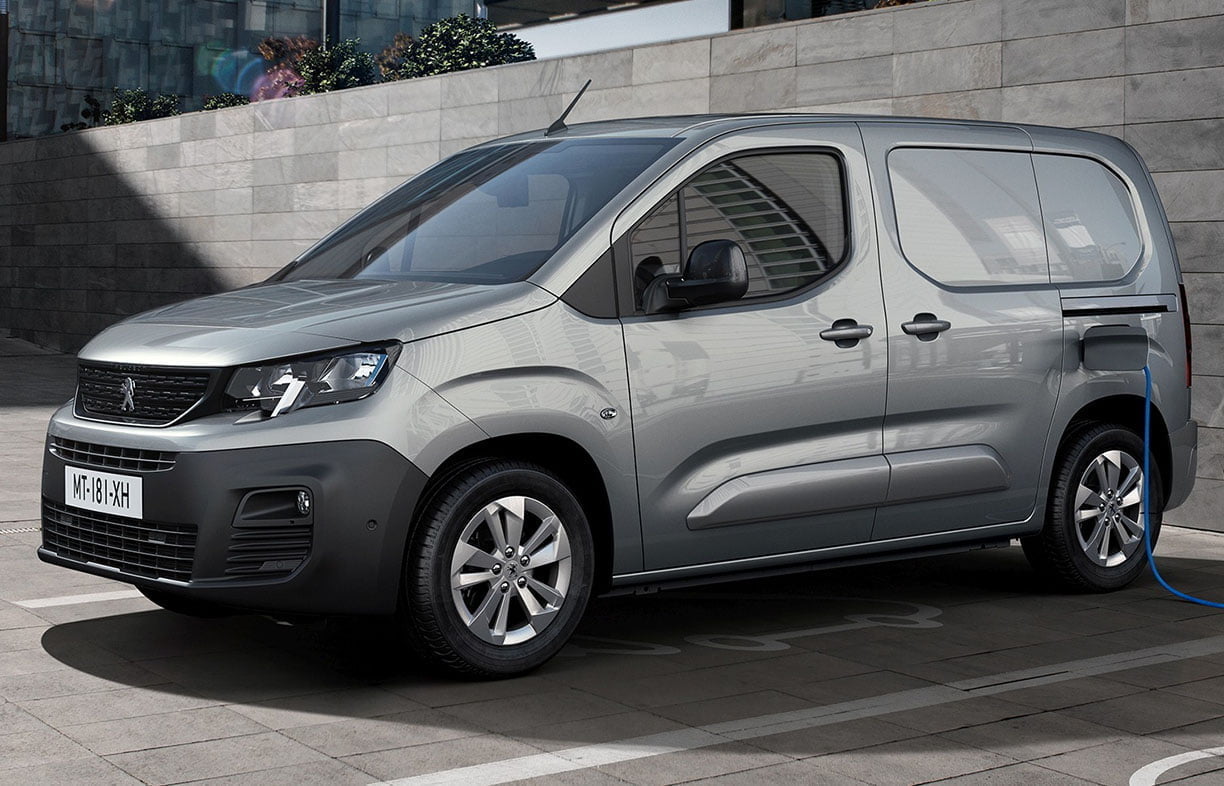
Arriving about the same time is its direct European competitor in the 600 to 800kg payload category: the Peugeot e-Partner. As the latter is similar in many ways to the Kangoo, it will be interesting to see which will be favoured by business purchasers—or whether they will wait until later this year for the coming range of 1 tonne electric vans to choose from. These include the 1t payload Renault Traffic E-Tech, the slightly larger 1.4t Renault Master E-Tech (both at around 200km driving range), Fuso eCanter versions and new entries from Foton (due soon), Victory (2024) and JAC (also 2024).
The most awaited 1 tonne van though will be the Ford E-Transit Custom. Due early 2024, it ups the ante with an estimated WLTP driving range of around 380km.

No discussion of e-LCVs would however be complete without mention of the VW ID. Buzz cargo. Due here in early 2025, it is the rebirth of the VW Kombi in electric form. If any e-LCV was going to mark the transition of the light commercial van segment to electric—this will be it. Its arrival after all the above-mentioned ones is perhaps also fitting. Like all EVs for the Australian market, it is going to be a late entry here as compared to overseas where the ID Buzz Cargo is already on sale; even in right-hand drive form in the UK.
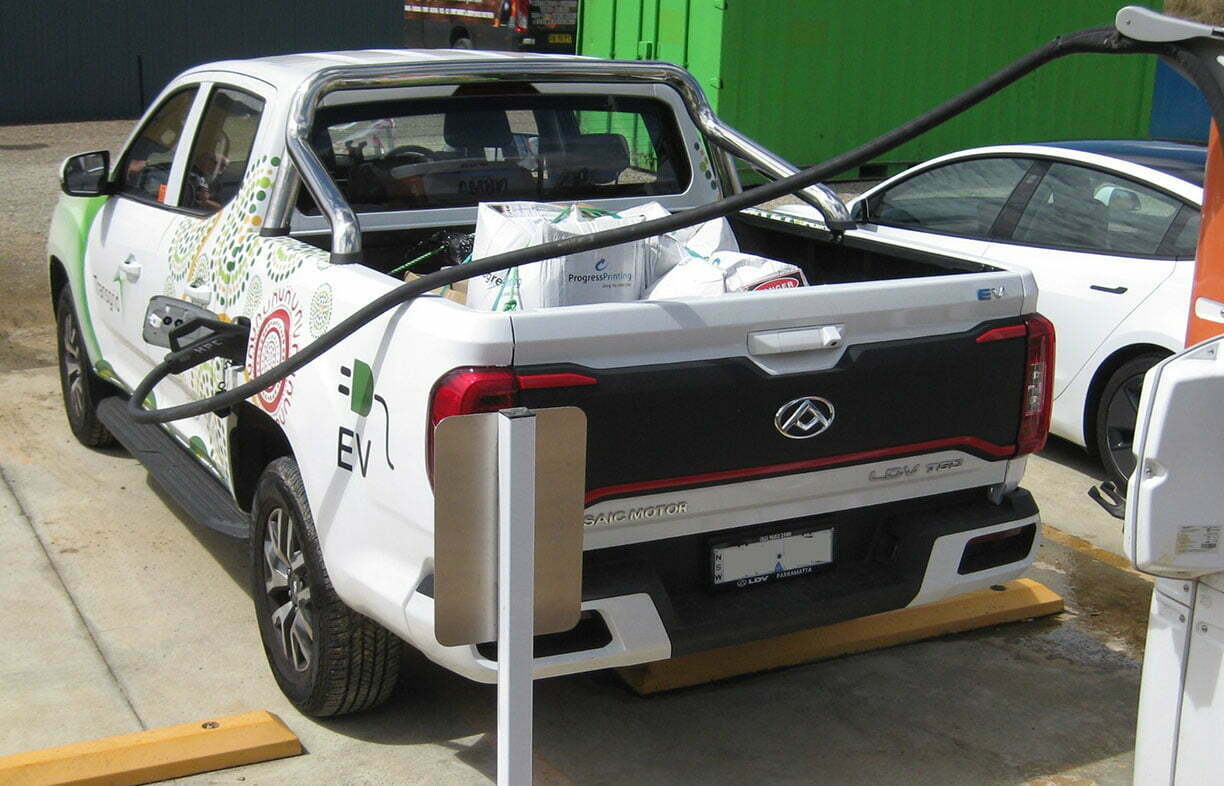
Electric utes
So back to the BBQ Stopper question: what about electric utes? Yes, they are a ‘thing’. Arriving early this year, the first electric ute to hit our shores was the LDV eT60. With a driving range of around 300km, 1t payload and a further 1t tow capacity, it hits the mark for many (if not all) tradies needing a general run-around work vehicle.
The one thing that doesn’t hit the mark is LDV’s pricing choice. In New Zealand it retails for NZ$79,999 on the road. Translated to Australian dollars, that should have become a shade under AU$76,000. Instead, the first electric ute in Australia is priced at $93,000 plus on-road costs. Hopefully, some further EV ute competition will arrive soon to encourage LDV to reduce that price to a more realistic level.
The eT60 wasn’t the first electric ute to hit the market in the world though: that accolade goes to the R1T built by Rivian in the USA. A pre-production prototype was shown in 2018 (well before Michaelia Cash’s infamous words) and deliveries began in late 2021. Rivian, however, are in the same sort of ‘production hell’ that Tesla first experienced as a start-up vehicle manufacturer. Despite the growing pains of still burning through billions of dollars and yet to turn a profit, they are steadily building production capacity and delivering vehicles—around 24,000 by the end of 2022, with another 50,000 deliveries expected this year, along with an unspecified number of electric delivery vans for Amazon US.
Sadly, after initial announcements that Australia was to be the first overseas market for Rivian, they have now switched to making Europe their intended first overseas target, which may begin as early as 2024. It seems that like Tesla before them, it will be a while before their plans and capability to deliver match, so we may not see the Rivian R1T on sale here till 2025 at the earliest.
That said, the established manufacturers have learnt from their mistake of letting Tesla get far ahead of them and this time are not far behind in plans and production. Ford unveiled an electrified version of their most popular ute (the F150) back in May 2021. They also seemed genuinely surprised to net nearly 70,000 pre-orders in the first four days after the announcement. This was followed by hitting the 200,000 mark by the end of 2021, by which time they closed the order books to work out how to increase their production schedule, as 200,000 was three years’ worth, based on their initial plans.
Deliveries of the F150 Lightning began in May 2022 and they expect to sell around 80,000 to 90,000 units in 2023. Unfortunately, we won’t be seeing it here any time soon—Ford have previously said that the current generation F150 Lightning will not be built in right-hand drive, so unless some enterprising people bring some here to convert them, it is unlikely that we will see a F150 Lightning here for a while.
In addition, GM are already building Silverado and (believe it or not) Hummer electric dual cab utes. Even Ram have announced plans to produce their first EV—the Ram REV. Due Q4, 2024 in the USA, it has a 1.25t load capacity, over 6t tow capacity and, depending on battery choice, a driving range of 560 to 800km. When announced, the buying public swamped Ram to the point that they stopped taking reservations after only five days of offering them. If any EV was to put to bed the idea that EV policy takes away the tradie’s ute—the Ram REV is, well, just another one to add to the growing list alongside the F150 Lightning, Rivian R1T, Chevrolet Silverado!
In addition, a number of ute and 4WD manufacturing start-ups are at various stages of development and/or production. Munro in Scotland are developing dual-cab ute and SUV style 4WDs for farm and serious off-road users; production of the Munro is slated for late this year, with plans to come to Australia ‘sometime’. US-based Canoo is another who are developing a dual-cab ute based on their adaptable EV platform. Whilst they are currently focussing on their upcoming van launch, the ute is available for pre-order in the US now.
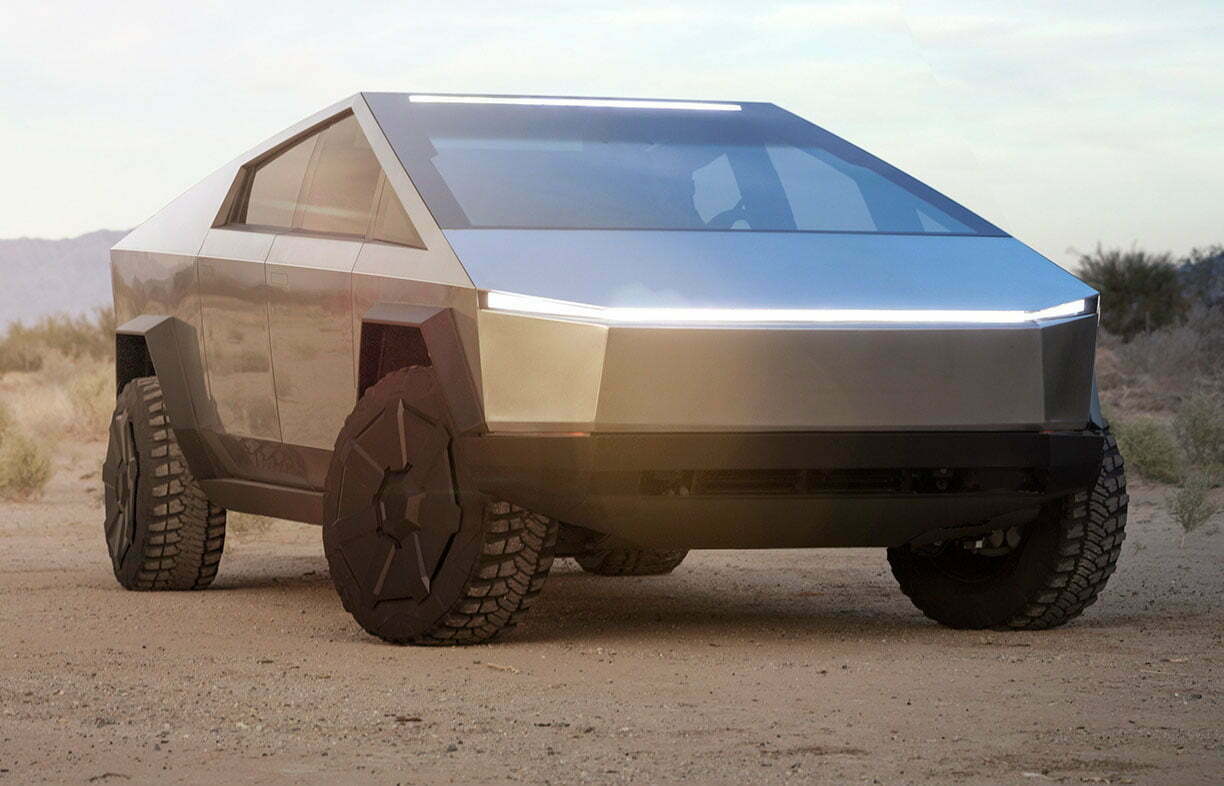
And finally—no electric ute discussion is complete without mention of the Tesla Cybertruck. With polarising looks and sporting the first unpainted stainless steel panels since the DMC Delorean, it caused a stir when it was first revealed as a prototype back in November 2019. The latest news is that the very first production Cybertruck to roll off the assembly line happened in July and the first US customer deliveries are expected to begin before the end of this year. Sadly, despite earlier announcements, no date has been set for when (or even if) Australian deliveries are to happen.
To sum up
2023 is looking to be the year when the e-LCV in Australia will come into its own—and the Great Australian BBQ Debate can move-on from ‘if’ e-LCVs will happen. Interestingly, as electric vehicles are much cheaper to operate (as well as needing less down-time for service and maintenance), businesses are likely to electrify their fleets even before electric LCV prices reach parity with ICE ones.
This is because their metric for vehicle choice is primarily based on TCO (total cost of ownership) rather than the private buyer’s main criterion of initial purchase price. Once that TCO threshold is breached, any business running an ICE based fleet will be at a competitive disadvantage to ones running an electric one—meaning the business vehicle fleet transition may happen even faster than the now exponential rises in passenger car sales we are currently seeing.
Figure #1: BEV light commercial vans, utes and people movers available now.
| Make/model | WLTP range (km) | Load capacity (kg) | Battery size/s (kWh) | Max charge rates in kW AC (DC)1 | Tow rating in kg (unbraked/braked) | Price2 |
|---|---|---|---|---|---|---|
| Ford E-Transit | 307 | 1600 | 68 | 11 (115) | X | $105k +ORCs |
| Joylong E6 bus | 300 TBC | 14 seats | 86 | 22 (TBC) | 750/1800 | $105k +ORCs |
| LDV eDeliver 9 | 280 | 1410 | 88.5 | 11 (80) | 750/1500 | $100k+ORCs |
| LDV eT60 dual cab ute | 330 | 750 | 88.5 | 11 (80) | 750/1000 | $93k+ORCs |
| LDV Mifa 9 (people mover) | 435 | 7 seats | 90 | 11 (120) | 750/1000 | $106k+ORCs |
| Mercedes eVito van | 239 | 882 | 60 | 11 (80) | X | $89k+ORCs |
| Mercedes eVito Tourer | 4213 | 8 seats | 90 | 11 (110) | X | $116k+ORCs |
| Mercedes EQV | 418 | PM | 90 | 11 (110) | X | $155k+ORCs |
| Renault Kangoo ZE van | 2703/1604 | 650 | 33 | 7.2 (NA) | 322/322 | $53,000 OTR |
| Skywell EC11 van | 300 TBC | 1790 | 74 | 22 (73) | 750/750 | $94,500 OTR |
| Skywell EC11 12 seat bus | 300 TBC | 12 seats | 74 | 22 (73) | TBC | $125k TBC |
Figure #2: BEV light commercial vans, utes and people movers coming soon.
| Make/model | WLTP range (km) | Load capacity (kg) | Battery size/s (kWh) | Max charge rates in kW AC (DC)1 | Tow rating in kg (unbraked/braked) | Price2 | ETA5 |
|---|---|---|---|---|---|---|---|
| Ford E-transit Custom | 380 TBC | 1000 | 68 | 11 (125) | TBC | TBC | Q1 2024 |
| Foton T5 4.5t GVM | TBC | 2500 | 81/100 | TBC (TBC) | TBC | $136k TBC | H1 2023 |
| Fuso eCanter (4t gross) | 70/140/200 | TBC | 40/80/120 | 11/22 (104) | TBC | TBC | TBC |
| JAC N55 4.5t GVM | TBC | TBC | TBC | TBC | TBC | TBC | H2 2023? |
| JAC T9 dual cab ute | TBC | TBC | TBC | TBC | TBC | TBC | H1 2024 |
| Mercedes eSprinter | TBC | TBC | TBC | TBC | TBC | TBC | 2024 |
| Mitsubishi ute | TBC | TBC | TBC | TBC | TBC | TBC | 2025? |
| Peugeot e-Partner LWB | 275 | 800 | 50 | 7.4 (100) | 750/750 | $60k +ORCs | Q2 2023 |
| Renault Kangoo E-Tech | 285 | 600-800 | 45 | 22 (80) | 500 TBC | TBC | Q3 2023 |
| Renault Master E-Tech | 200 | 1.4t | 52 | TBC (TBC) | TBC | TBC | H1 2023 |
| Renault Trafic E-Tech | 240 | 1100 | 52 | 750 TBC | TBC | 2024 | |
| SEA tray 4.5t GVM | TBC | TBC | TBC | TBC | TBC | $165k +ORCs | 2023 |
| Victory EC1 light truck | 250 TBC | 1000 | 41 | TBC (TBC) | TBC | $60k OTR | 2024 |
| Victory EC2 van | 250 TBC | 965 | 41 | TBC (TBC) | TBC | $60k OTR | 2024 |
| VW ID Buzz Cargo | TBC | TBC | 77 | 11(170) | TBC | TBC | Q1 2025 |
Notes to tables:
1. Maximum recharging rates. Note that AC rates over 7.4kW require three phase power. DC rates are for charging rates up to around 80% of full charge. DC charging rates reduce significantly after 80%.
2. OTR = On The Road. +ORCs = plus On the Road Costs. Note that ORCs vary slightly between states and territories—more so now as some states have dropped stamp duty and other state based charges on some EV purchases and/or for a set number of EVs sold.
3. NEDC (Approximately 30% more than WLTP).
4. Renault quoted real-world range.
5. ETA: Q=quarter. Q1=Jan-Mar; Q2=Apr-Jun; Q3=July-Sept; Q4=Oct-Dec. H1=Jan-Jun; H2=Jul-Dec.
Source: EV Fact Sheet: Australian BEV LCVs at aeva.au/fact-sheets
Further reading
 Transport & travel
Transport & travel
Petroleum is fast becoming a dirty word
John Hermans explains the negatives of the petroleum industry.
Read more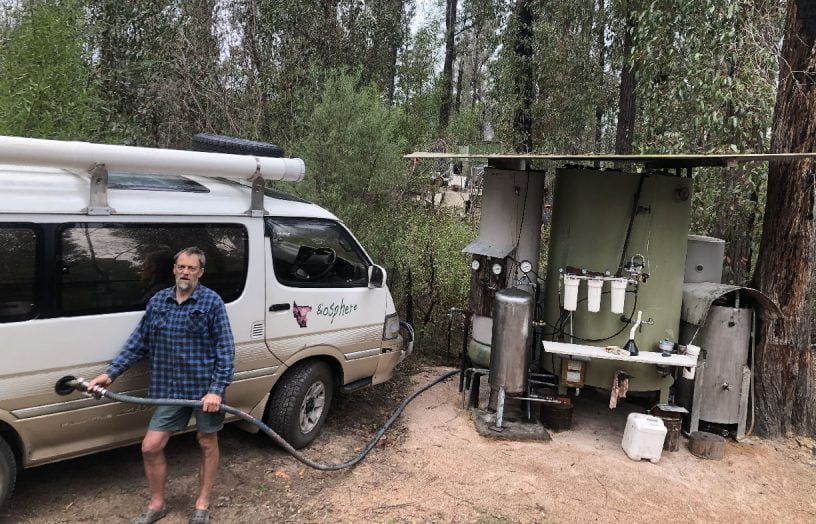 Transport & travel
Transport & travel
Biofuel vs battery
John Hermans gives his opinion on the best power source for electric vehicles.
Read more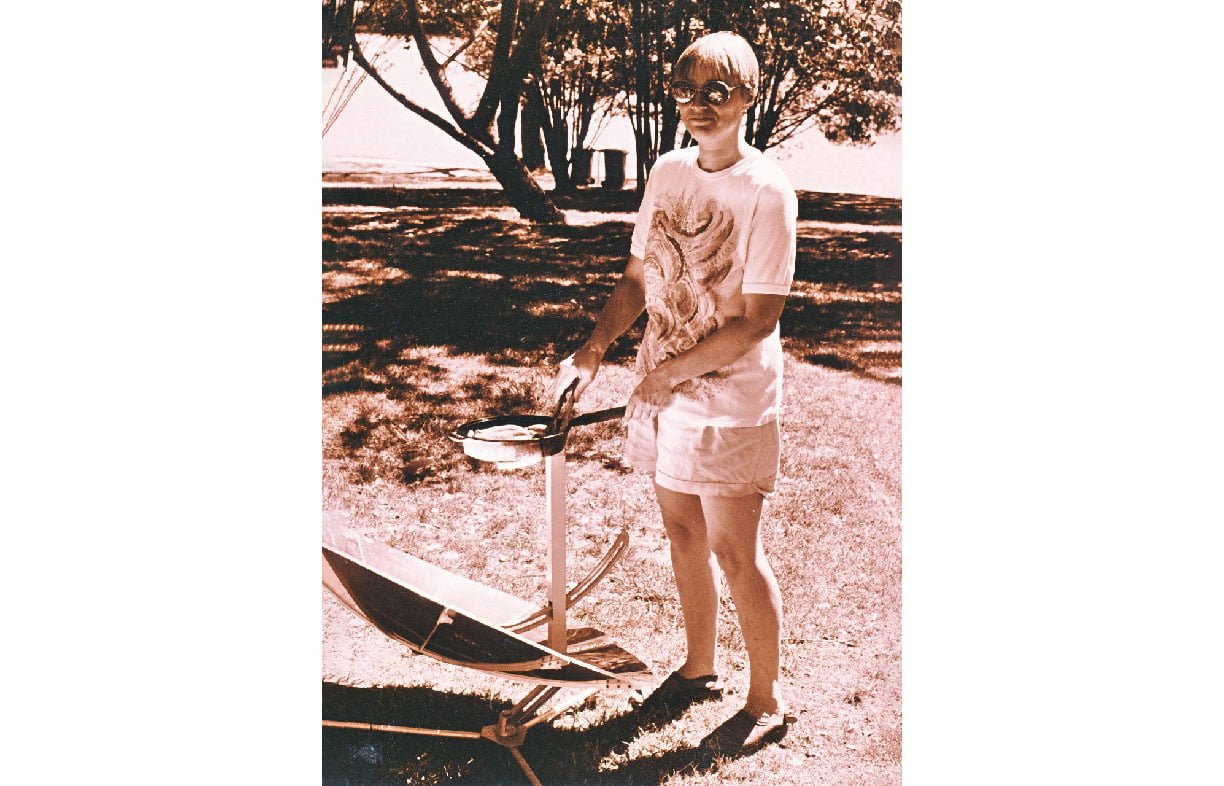 DIY
DIY
Aussie women: the solar power pioneers
Sun Source was Australia’s first solar panel retailer, started by a hippy woman nearly 50 years ago. Kassia Klinger uncovers the story.
Read more

